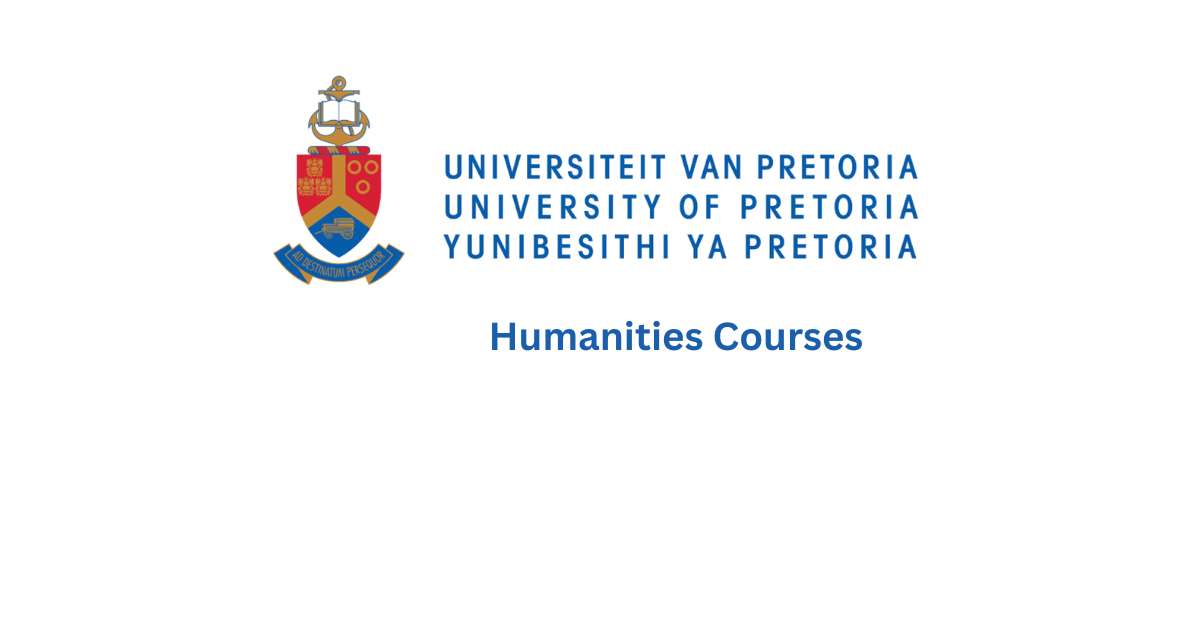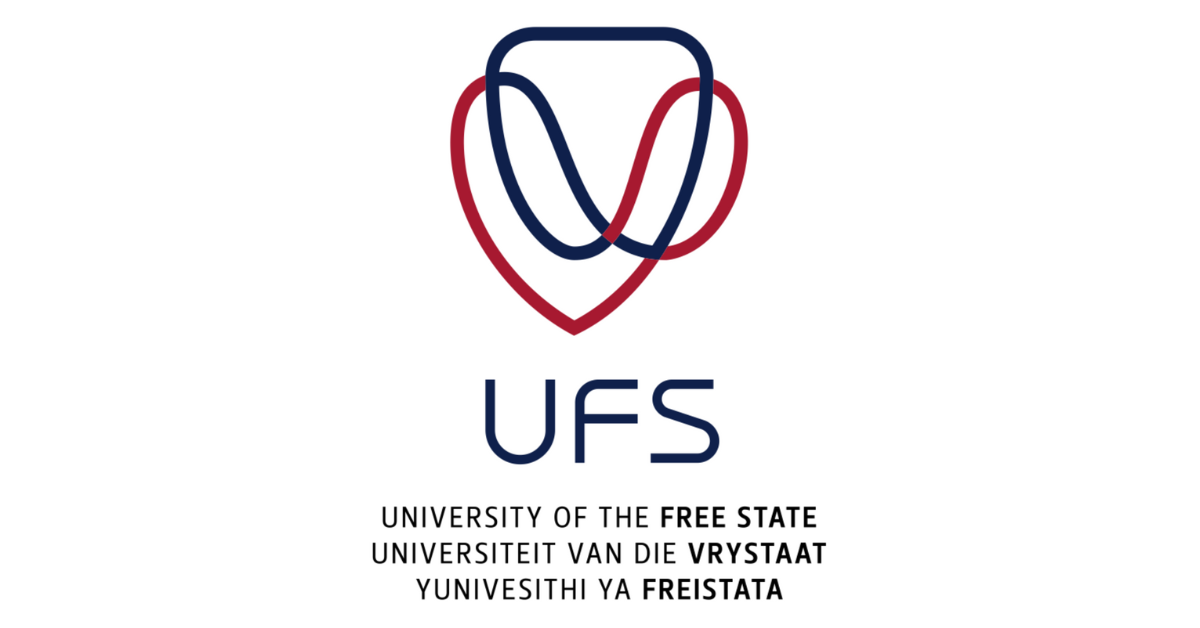You may be planning to further your studies and pursue a degree, or perhaps even go back to school for a degree in a different field. If so, you’re probably wondering how you’ll fund it. One way is through the use of your Central Provident Fund (CPF) that you’ll have from the time you turn 18. The CPF is a savings plan that your employer will contribute to on your behalf.
It is a retirement savings plan that is separate from your bank accounts. The CPF is a retirement vehicle that will provide you with retirement income. It does not provide you with retirement services. This retirement vehicle can be used to pay for college, poly school, and other educational expenses. Here are some tips on how to use your CPF to pay for university and poly school.
What is the CPF Education scheme?
The Central Provident Fund (CPF )Education scheme is a special education fund that CPF members can access to pay tuition fees at any institute of higher learning in Singapore. The plan is administered by the Ministry of Manpower and was introduced in 2009. The scheme allows members to withdraw up to $10,000 or 15 percent of their CPF balance, whichever is lower.
How does the CPF Education scheme work?
The CPF Education Scheme allows you to use up to $30,000 of your CPF savings for educational purposes. You may use the money for any educational expenses, such as tuition fees and pre-school fees, so long as your child has not started school. The maximum amount that you can withdraw from your CPF account is $3,000 per year. There are no taxes on the amount withdrawn from your CPF account.
Eligibility for using the CPF Education scheme
You must be an adult (aged 18 and above) to use the CPF Education scheme. The CPF Education scheme is available for Singapore citizens, permanent residents, and work permit holders. The CPF Education scheme is not available for foreign students or employees of foreign companies in Singapore. In general, you can only use your CPF Education scheme if you are studying full-time or pursuing a part-time course leading to a degree or diploma at a recognized learning institution.
If you’re studying at a poly school or university, the curriculum will have to be approved by the Ministry of Education (MOE). This ensures that the curriculum is relevant and up to standard with the education needs of Singaporeans. Now that you’re clear on whether or not you are eligible for the CPF educational fund, let us talk about to properly apply for it.
How to apply for the CPF Education scheme
The steps involved in applying for the CPF Educational scheme are straightforward. Let us show you.
- You can apply for the CPF Education scheme once you turn 18 years old.
- Visit the CPF website to apply and learn more about the various schemes offered.
- Let your employer know that you want to use your CPF to pay for education expenses by submitting a form with the Ministry of Manpower (MOM). The form is called Form C, or Form for Employee’s Information on Central Provident Fund Schemes. This form has to be submitted at least 3 months before tuition begins. The employer will then decide if you are eligible for reimbursement of up to $10,000 per year or $20,000 per year, depending on your income level and other conditions.
- While waiting for approval from MOM, you can still register at an educational institution with your CPF card to start coursework without incurring further charges.
- Once approved by MOM and accepted at an educational institution, you can apply online (www.cpf-ecs-onlineappliance) or visit one of our branch offices in Singapore or selected countries such as Malaysia and Indonesia to purchase a MasterCard Prepaid Card with your CPF funds loaded onto it.
How to Use Your CPF to Pay for University
Work with your employer to determine how much money you can save on a monthly basis. The CPF allows for a maximum of $2,000 per month to be contributed by an employer. Once that amount is determined, calculate how much money you will need to pay the tuition fee and other expenses associated with university or poly school. Start saving your money in your CPF account.
As long as you are contributing the maximum $2,000 per month, this should not be difficult. Transfer funds from your CPF account into a personal bank account as you need them for university or poly school and continue saving every month after that.
How to Pay for Poly School
The steps are easy. First, you should know that the CPF is not a retirement savings vehicle. It provides an income to you at a certain age and is not intended for retirement purposes. To be able to use your CPF to pay for school, you’ll have to meet certain conditions for your CPF account. If you’re under 30, you will be able to withdraw up to $10,000 per year with no restrictions on this withdrawal amount.
If you’re over 30, the withdrawal limit is lowered by $1,000 each year until it reaches $20,000 at age 60. The other restriction is that only up to 50 percent of your monthly salary can be withdrawn from your CPF account per month. This means that if you make less than $2,500 a month (at least), then up to $1,000 can be withdrawn per month.
Do I need to Reimburse Tuition Fees?
Your employers will contribute to the CPF on your behalf. You may also be entitled to a tax deduction for your contributions. If you are not yet employed and decide to go back to school or start a new degree, you can withdraw money from the CPF up to $10,000 a year with no tax implications.
So, if you’re thinking of going back to school, it might be worth considering withdrawing some money from the CPF over time in order to pay for tuition fees. When you withdraw money from the CPF, it must be used for educational expenses such as tuition fees at tertiary education institutions or poly schools. The government doesn’t allow the withdrawal of funds for any other type of expense.
What is the limit on how much CPF you can use?
The amount of the CPF that you can use for university, poly school, and other education expenses is up to the maximum contribution limit. This limit is based on your age at the point of payment. The contributions for university and poly school are 50% of your basic personal allowance (PPA) plus an additional 25% from your PPA if you’re single or 50% from your PPA if you’re married.
Pay for Living Costs with CPF Education scheme.
Pay for living costs with CPF. You can use your CPF to pay for your basic living expenses, including housing, food, and transportation. However, you cannot use this money for other expenses like tuition fees or books.
Conclusion
CPF is the acronym for Central Provident Fund. It is a scheme which is meant to provide Singaporeans with financial assistance to pay for education. The Central Provident Fund Education scheme was introduced as a means of encouraging Singaporeans to undertake further education and training. The scheme has proven to be very successful and is a good way of financing your education.
The Government of Singapore has recently announced that it will soon be able to help cover living costs as well. There are a few things to consider before you make use of this programme.



